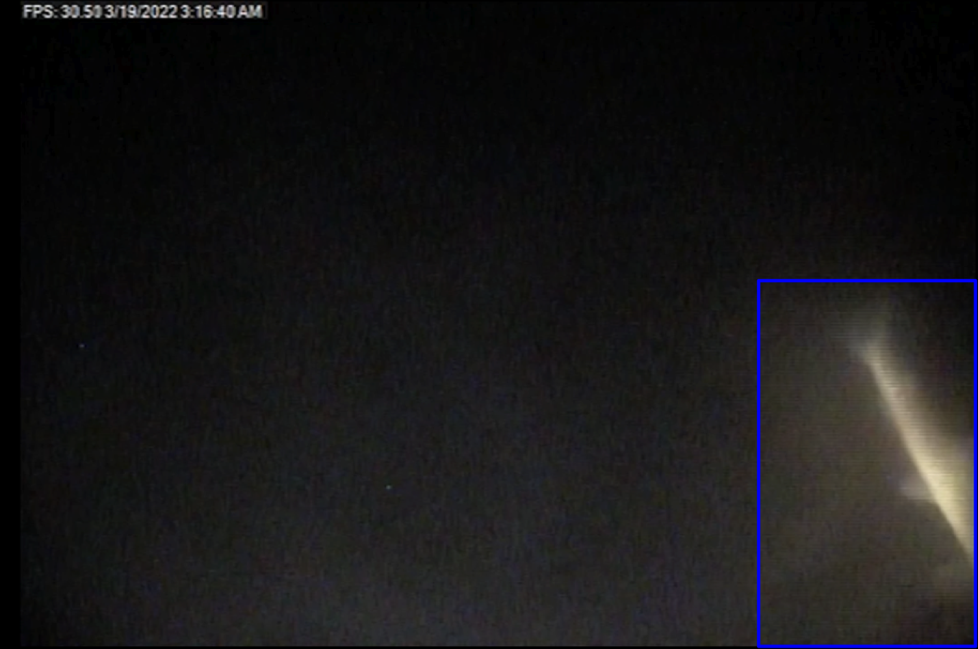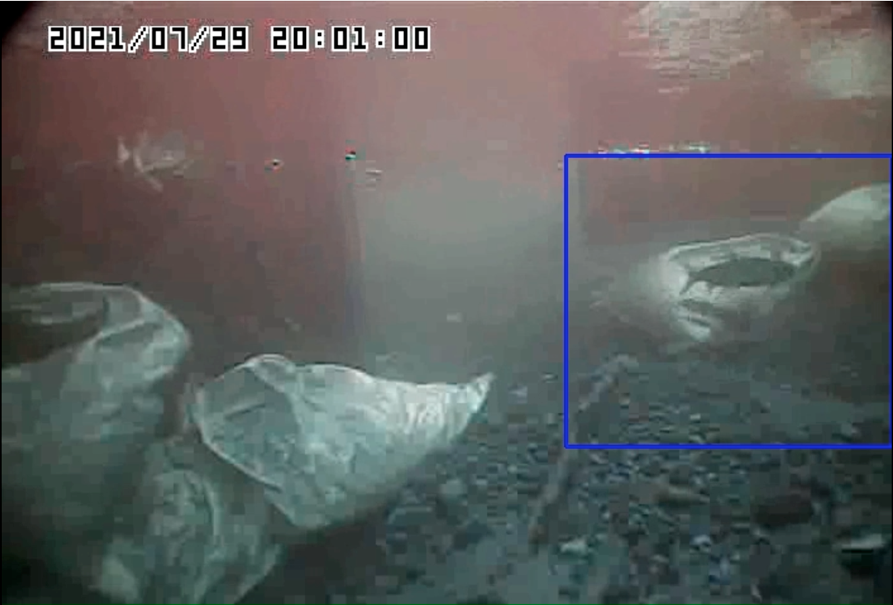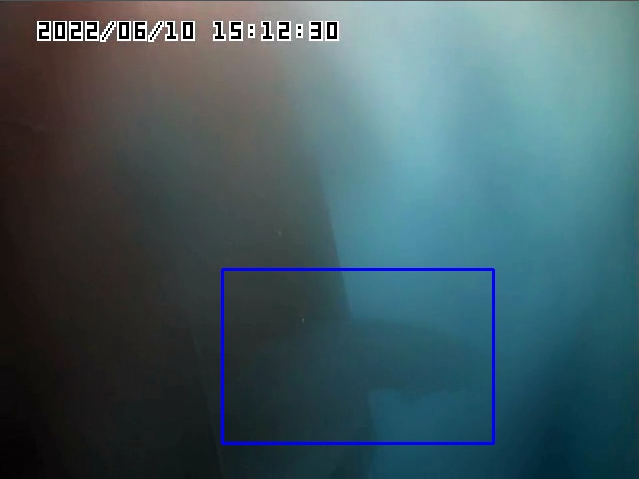Artificial Intelligence Development and Implementation
Biotactic began developing an AI-based program to count fish passage at dams in 2013. Nearly a decade later the Biotactic Research Artificial Intelligence Network, a deep learning artificial intelligence program, has been meticulously trained and tested by Biotactic's team of machine learning and computer vision programmers and senior fish biologists. Using a propriety dataset gathered over the past 20 years through our BRAVO systems and network, the BRAIN has been trained with well over 20 000 annotations. Our extensive and ever evolving training and test data sets have allowed our models to obtain a high degree of accuracy detecting fish in a variety of complex environments, water conditions, during the day or at night in infrared, at a variety of approach angles, through various movements and with different proportions of the fish within the camera field of view. The BRAIN not only has the ability to accurately count fish, but tracks fish movement throughout a video clip and differentiates between upstream and downstream movement and, in the context of fish ladders and fences, whether that movement occurred through the structure (passage) or not. The BRAIN can currently be used through two streams. Video data collected can be manually fed into the BRAIN and processed or cameras can run a live feed through our BRAVO network allowing the BRAIN to automatically process videos and provide near-real time fish counts, movement and passage information.
The BRAIN has been used for 6 different projects to-date:
Thornbury Fishway, Beaver River, Ontario
BRAVO network node 10 this camera has monitored the exit of the fishway since 2011. Starting in 2021, counts have been performed by the BRAIN which automatically uploads next day counts and passage information to the public webpage.
Dam Penstock, Trail Bridge Reservoir, Oregon
BRAVO network node 21 this camera monitors fish presence within a hydroelectric turbine penstock. Beginning in 2022, the BRAIN automatically uploads next day counts and passage information to a private webpage.
Maple Hill Fishway, Saugeen River, Ontario
The exit of this fishway has been monitored since 2018 to determine if passage has increased after removal of a downstream dam in 2019. Starting in 2021 counts and passage data have been obtained using the BRAIN. All videos collected during the spring and fall monitoring periods are fed into the BRAIN manually. BRAIN outputs are used to generate before-after calculations of passage rates.
Roberts Lake Outflow Fish Fence, Nunavut
Beginning in 2021, data collected at upstream and downstream fences have been used to monitor the ability of fish to pass through a remediated section of river habitat. Video data collected from each fence through the summer monitoring period are fed into the BRAIN manually and outputs are used in offset calculations.
Kokanee Fish Fence, British Columbia
Beginning in 2021, data collected at a fish fence for Kokanee spawning surveys has been processed manually by the BRAIN. Counts and upstream/downstream passage through the fence are determined.
Dawson Creek Fishway, British Columbia
Beginning in 2022, data collected at the exit of a new fishway has been processed by the BRAIN to determine if fish are able to successfully use the fishway to pass upstream of a dam.





